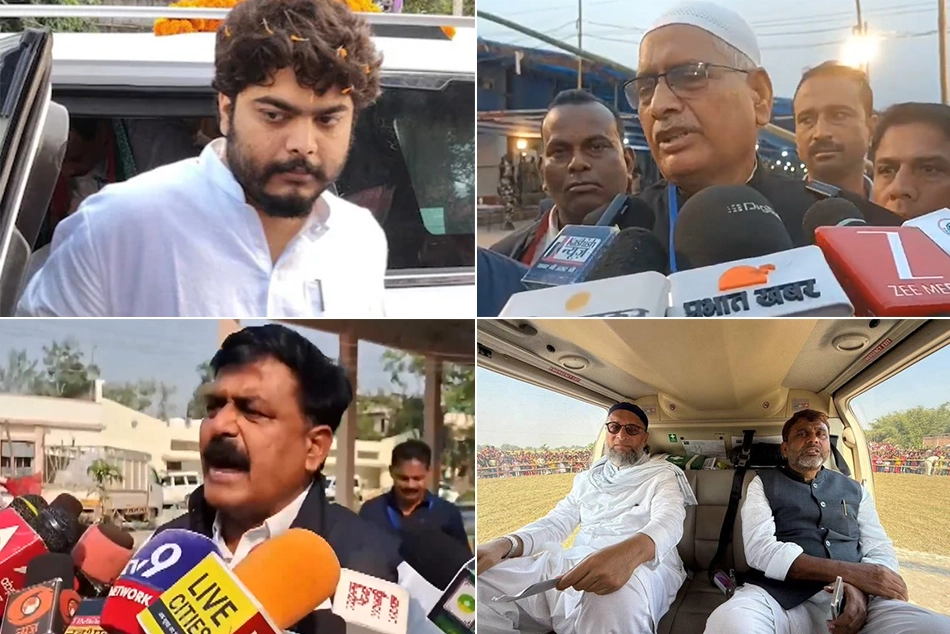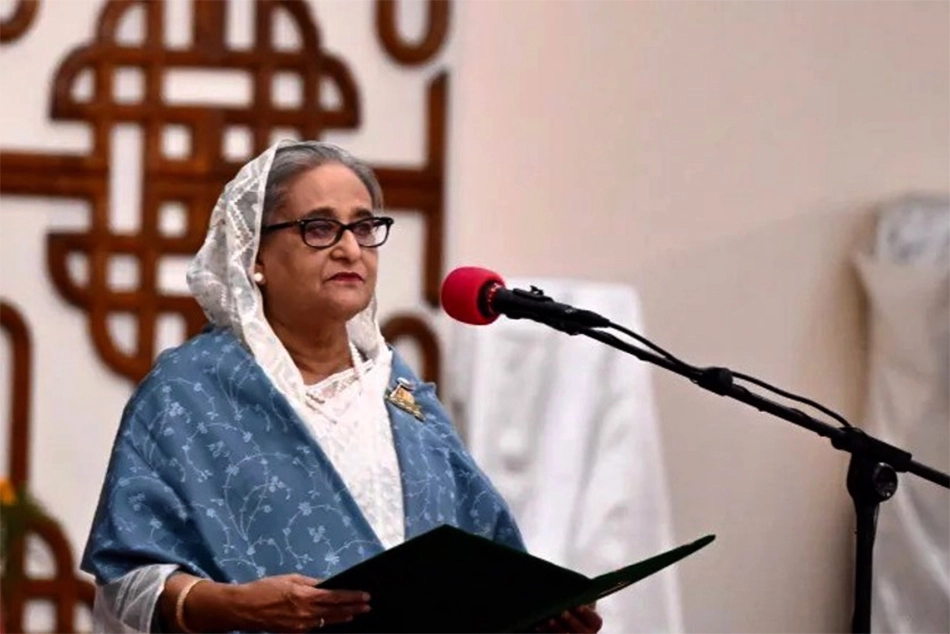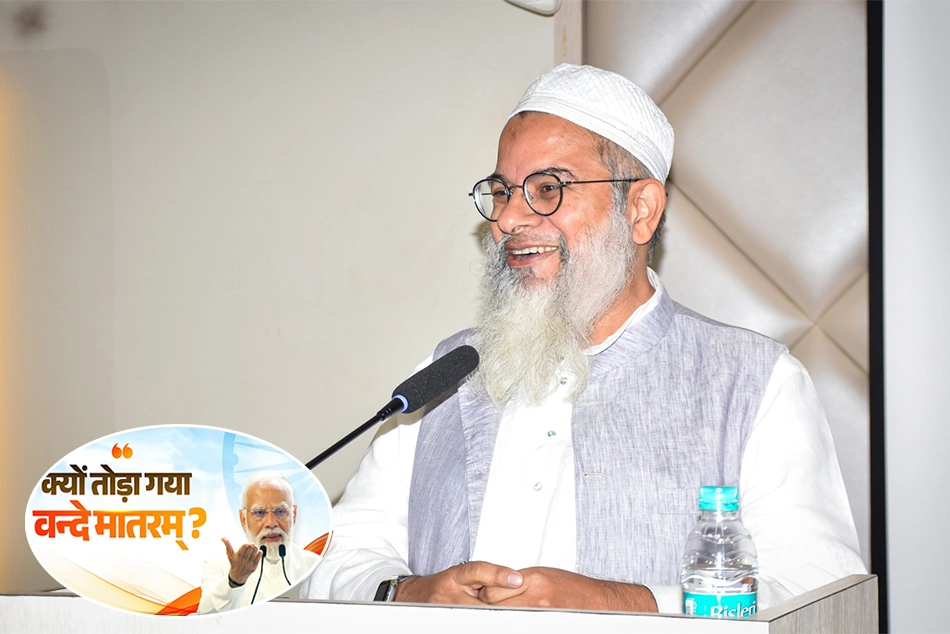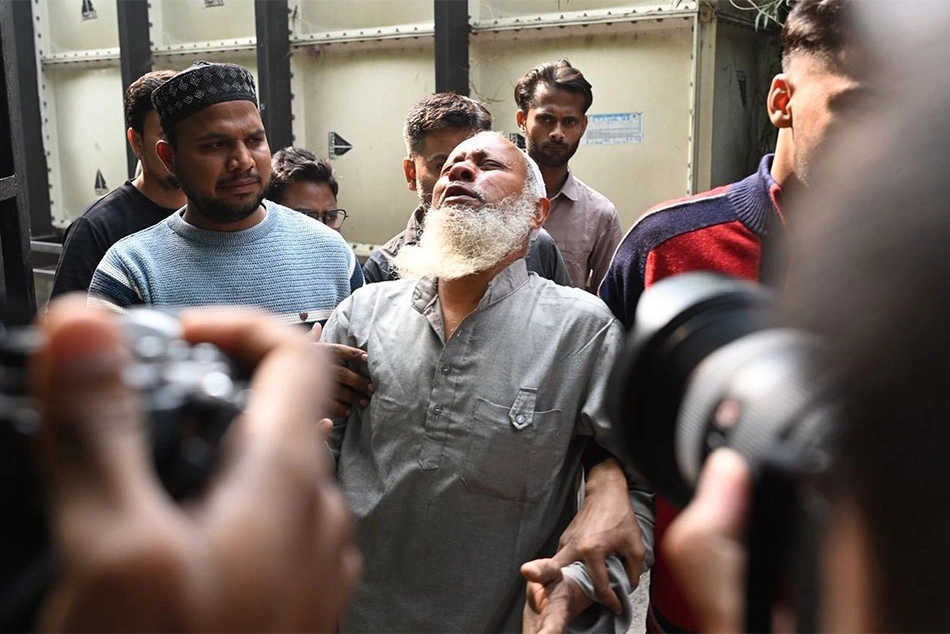
Ground Reality: Poverty in Uttar Pradesh
Poverty in Uttar Pradesh is not an incidental flaw in the state’s development journey, it is a deep, persistent condition shaped by historical inequities, fragile institutions, and uneven state capacity
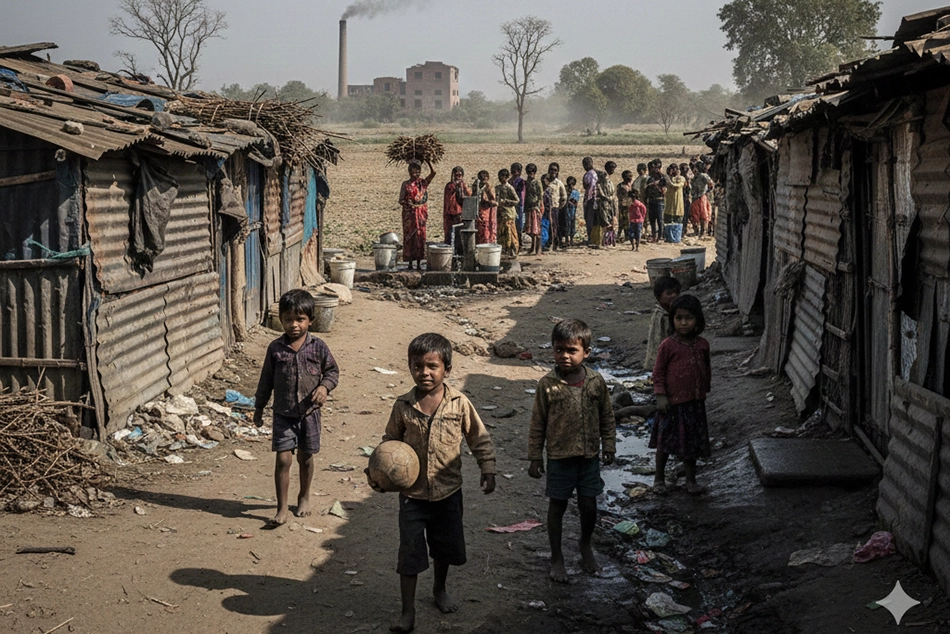
Poverty in Uttar Pradesh is not an incidental flaw in the state’s development journey. It is a deep, persistent condition shaped by historical inequities, fragile institutions, and uneven state capacity.
Even as the government introduces ambitious interventions such as the Zero Poverty Campaign, the lived reality for millions remains one of constrained choices, curtailed freedoms, and chronic insecurity. An assessment through the lens of human capability deprivation reveals that the problem is far more structural than monetary measures alone can capture.
Government Reports on Poverty in UP
As of 2025, Uttar Pradesh continues to host one of the largest concentrations of poor households in India. Recent estimates by NITI Aayog and state-level analyses indicate that nearly 17 percent of the population—about 3.4 crore people—live in multidimensional poverty. This form of deprivation goes beyond insufficient income and extends across nutrition, schooling, sanitation, housing quality, cooking fuel, health access, and basic dignity.
Amartya Sen’s capability approach provides an illuminating framework here: poverty is less about what people have, and more about what they are able to do and be. By that measure, deprivation in Uttar Pradesh cuts across several foundational abilities required for a dignified life.
The capability gaps are stark. Malnutrition, especially in children and women, weakens bodily energy and life expectancy, restricting the ability to work productively or pursue education. Low learning outcomes and inconsistent schooling suppress cognitive capabilities and diminish future opportunity.
Inadequate sanitation and unsafe water compromise bodily integrity, resulting in frequent illnesses and high out-of-pocket health spending that pushes families back into poverty. Poor housing conditions—kutcha structures, overcrowding, unreliable electricity—erode both physical safety and social well-being. Social barriers based on caste, gender, and community sharply limit voice, mobility, and access to public services. All these create a dense web of constraints where poverty reproduces itself across generations.
These deprivations are rooted in structural conditions that continue to shape life in Uttar Pradesh. Agriculture remains the backbone of the rural economy, but most farms are small, fragmented, and dependent on volatile rainfall patterns. Eastern UP and Bundelkhand, in particular, experience extreme climate variability—droughts, erratic monsoons, and heatwaves—damaging crops and livelihoods. Limited irrigation, low mechanization, and scarce non-farm employment push households into seasonal migration, often to urban and peri-urban labor markets where wages are low and job security is negligible.
Human development infrastructure has expanded over the years, yet its quality remains uneven. Hospitals and primary health centers face shortages of doctors, diagnostics, and medicines. Public schools, despite enrollment gains, continue to struggle with teacher absenteeism, inadequate pedagogy, and limited resources. These institutional weaknesses diminish the ability of individuals to convert government entitlements into real improvements in well-being. Corruption and bureaucratic delays often mean that schemes reach people too slowly, selectively, or incompletely—undermining effective freedom despite official coverage on paper.
Zero Poverty Campaign
The Zero Poverty Campaign of 2024–25 represents an aspirational shift. The plan seeks to eradicate extreme poverty by ensuring a minimum threshold annual household income of ₹1.25 lakh for ultra-poor families. The focus on livelihood support, welfare convergence, skilling, and partnerships with industries indicates a deliberate attempt to link welfare with productivity.
By early 2025, the state had identified over 13 lakh ultra-poor families and initiated program rollouts. Improvements in unemployment rates, rising per capita income, and some progress in health and education are significant achievements in a state as vast and diverse as Uttar Pradesh.
Yet, ambition alone cannot mask the uneven outcomes. The eastern belt and Bundelkhand have not kept pace with other regions. Service delivery gaps continue to weaken the translation of entitlements into concrete improvements. The informal nature of work, especially for women, prevents many from reaching stable income levels.
Social discrimination still restricts the benefits of welfare programs from reaching marginalized groups at the scale intended. Climate vulnerability, especially rising heat stress, directly threatens the livelihoods of millions dependent on manual labor.
The persistence of poverty even after substantial policy efforts suggests a deeper mismatch between the design of welfare interventions and the actual conditions of capability deprivation. Income support and skill training, while valuable, cannot by themselves expand the substantive freedoms that transform people’s lives.
A capabilities-oriented approach would require far greater emphasis on high-quality schooling, accessible healthcare, maternal and child nutrition, safe housing, and the removal of social barriers. It must build agency by enabling communities—especially women, Dalits, landless laborers, and migrants—to participate in designing and monitoring programs that affect their lives.
Sustainable poverty reduction must also integrate climate resilience. With rising temperatures and unpredictable rainfall patterns, livelihoods in agriculture, construction, and informal labor markets are increasingly fragile.
Strengthening irrigation, promoting climate-resilient crops, ensuring heat-adapted work environments, and expanding social protection for climate-related shocks will be essential to safeguard capabilities.
Uttar Pradesh stands at a juncture where the successes of welfare expansion coexist with the stubbornness of structural deprivation. The Zero Poverty Campaign is an important step, but the long-term solution lies in transitioning from fragmented welfare to an integrated strategy that simultaneously advances human capital, decent work, equitable growth, and climate adaptation.
Poverty will diminish not when incomes alone rise, but when people gain the freedom to learn, to stay healthy, to aspire, to participate, and to live with dignity. Only then can the state move from reducing poverty to rebuilding capabilities—an achievement worthy of its demographic scale and democratic promise.
[The writer, Ashish Singh, has finished his Ph.D. coursework in political science from the NRU-HSE, Moscow, Russia. He has previously studied at Oslo Metropolitan University, Norway; and TISS, Mumbai.]
Follow ummid.com WhatsApp Channel for all the latest updates.
Select Language to Translate in Urdu, Hindi, Marathi or Arabic
